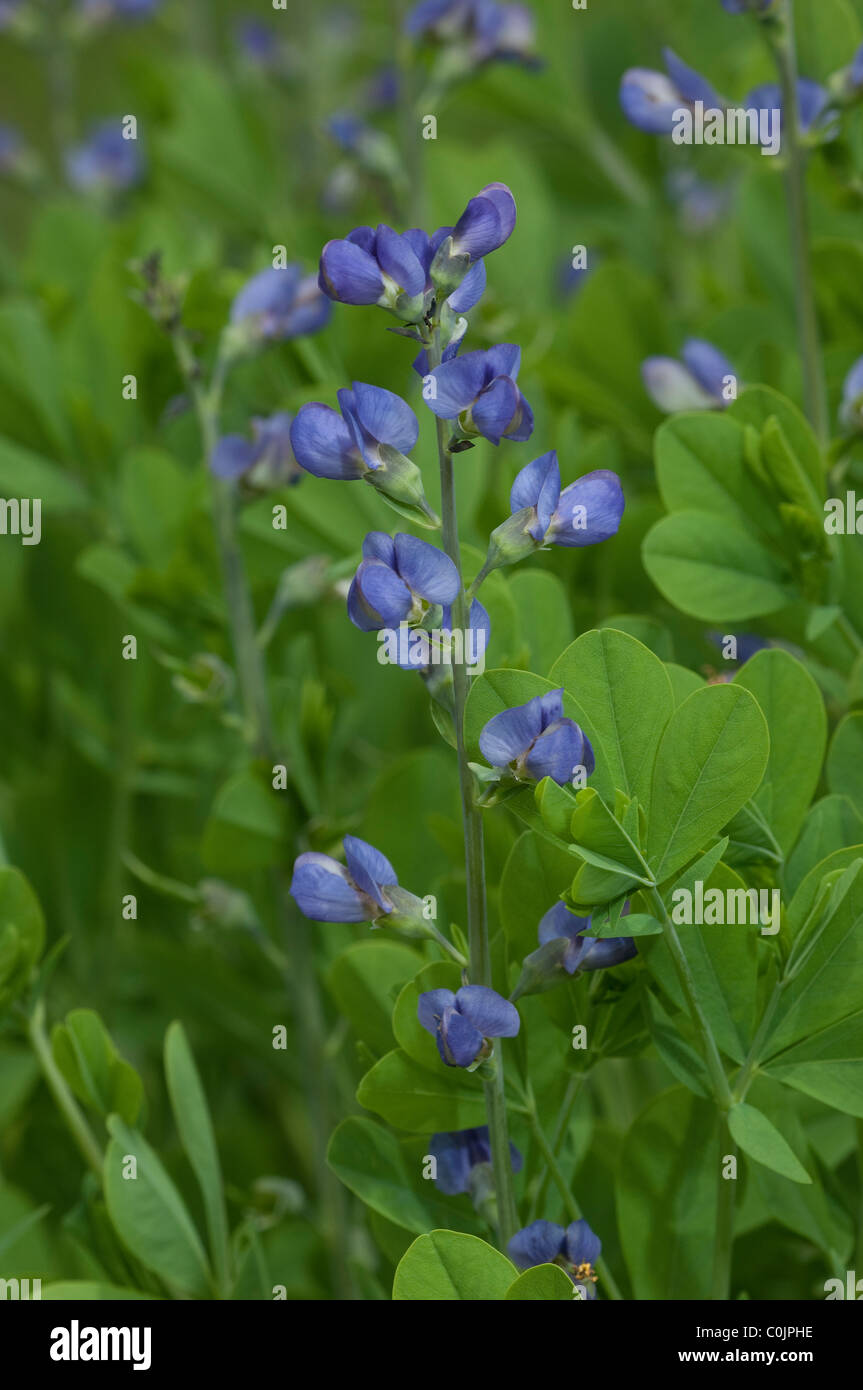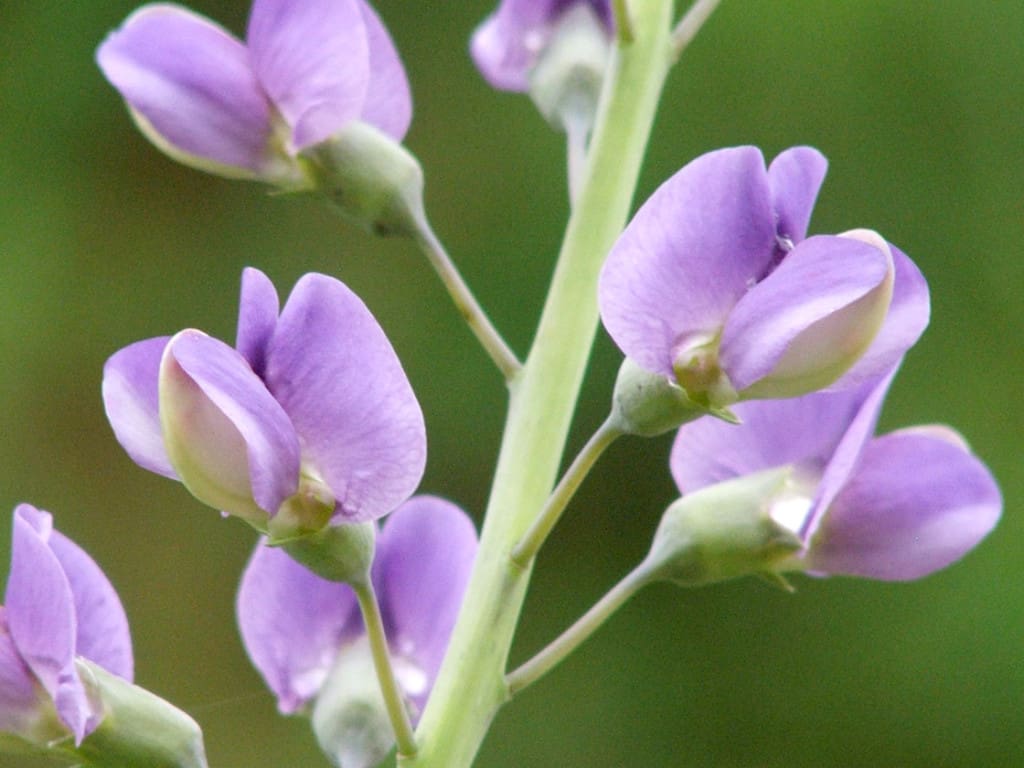

- Blue indigo plant how to#
- Blue indigo plant full#
The trifolate leaves feel very smooth to touch and look good all season. The leaves of Blue False Indigo are very unique.

The top 12-18″ of each of these 50 stalks is covered in showy blue-purple flowers. My oldest plant produces nearly 50 stalks. Sources What are the Benefits of Blue False Indigo Gorgeous flowersĪ mature Blue False Indigo plant will put on one heck of a floral display in Spring. Middle & Eastern United States, zone 3-10īutterflies, bees. Sources Reference Table Scientific Nameįalse Indigo, Blue False Indigo, Wild Blue Indigo, Blue Wild Indigo The native range of Blue False Indigo funs from Texas, North to Nebraska/Iowa, then East to Pennsylvania, and finally South to North Carolina, Georgia, and Alabama.
Blue indigo plant full#
Toxic to humans and mammals alike, once full grown deer avoid this plantīlue False Indigo is most common in Oklahoma, Kansas, and Southwest Missouri. It is valuable to wildlife, as it hosts over 5 species of butterfly, skipper, and moths. The common name, ‘Blue False Indigo’ is in reference to it being used as a dye by Native Americans and Colonists in place of true ‘Indigo’. A member of the pea family, Blue False Indigo is a legume and is nitrogen fixing and thus never requires fertilizer. The smooth blue-green foliage is attractive throughout the growing season. It also has one of the deepest tap-roots native to North America, making Blue False Indigo very drought tolerant. Slow to develop from seed, it is worth the wait as it makes for a head-turning display of blue, purple, or lavender flowers. Īlthough it is herbaceous and dies back every Winter, Blue False Indigo is long-lived and puts up multiple shoots to give it a shrub-like appearance. Growing to a mature height of 4′ tall and wide, it attracts bees and hosts several butterflies. Scientifically known as Baptisia Australis, it will grow beautiful blue to purple pea-like flowers in Spring and have lovely smooth blue-green foliage all year.  What Wildlife, Pests, and Diseases effect Blue False Indigoīlue False Indigo is a large, showy perennial flower native to North America.
What Wildlife, Pests, and Diseases effect Blue False Indigoīlue False Indigo is a large, showy perennial flower native to North America. Blue indigo plant how to#
How to Grow Blue False Indigo from seed. How to Grow and Care for Blue False Indigo. What are the benefits of Blue False Indigo. This will be a complete profile on this flower. I’ve grown dozens of these plants and have learned a thing or two, and I can share what I’ve learned with you. The display that it puts on is truly ‘head-turning’. I’ve been growing this lovely flower for over 5 years and truly love it. This species is native to parts of North America.If you’re interested in a flower that blooms in late Spring when most other plants aren’t blooming, one that doesn’t need fertilizer or watering….Oh, and how about if it has some of the most beautiful foliage of all? Well then, say hello to Blue False Indigo (Scientific Name, Baptisia Austalis). It is somewhat tolerant of urban pollution. It is not particular as to soil type, but has a definite preference for alkaline soils, and is able to handle environmental salt. It is considered to be drought-tolerant, and thus makes an ideal choice for a low-water garden or xeriscape application. It is very adaptable to both dry and moist growing conditions, but will not tolerate any standing water. This plant does best in full sun to partial shade. Be careful not to disturb the crown in late winter when it may not be readily seen! As an herbaceous perennial, this plant will usually die back to the crown each winter, and will regrow from the base each spring. It grows at a slow rate, and under ideal conditions can be expected to live for approximately 25 years. It has no significant negative characteristics.īlue Wild Indigo is recommended for the following landscape applications īlue Wild Indigo will grow to be about 3 feet tall at maturity extending to 4 feet tall with the flowers, with a spread of 3 feet. It is a good choice for attracting bees and butterflies to your yard. This is a relatively low maintenance plant, and is best cleaned up in early spring before it resumes active growth for the season. 
Its medium texture blends into the garden, but can always be balanced by a couple of finer or coarser plants for an effective composition. Its round compound leaves remain olive green in color throughout the season.īlue Wild Indigo is an herbaceous perennial with an upright spreading habit of growth. Extraordinary indigo blue spikes of pea-flowers rise above medium green foliage from late spring to early summer creates an outstanding display as an accent in garden beds or patio containers drought tolerant once establishedīlue Wild Indigo has masses of beautiful spikes of indigo pea-like flowers rising above the foliage from mid spring to early summer, which are most effective when planted in groupings.








 0 kommentar(er)
0 kommentar(er)
